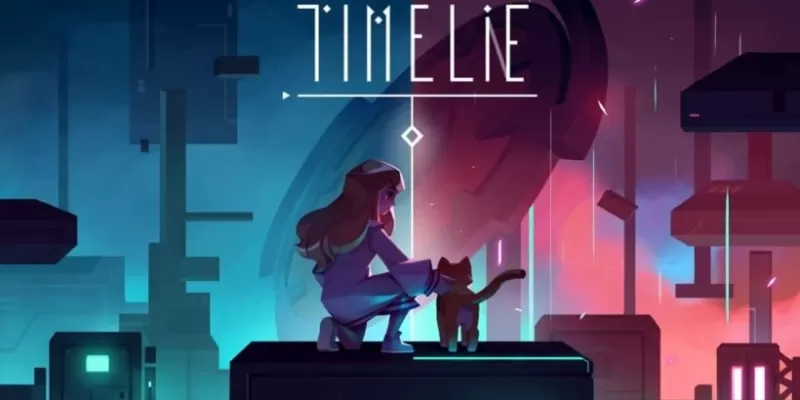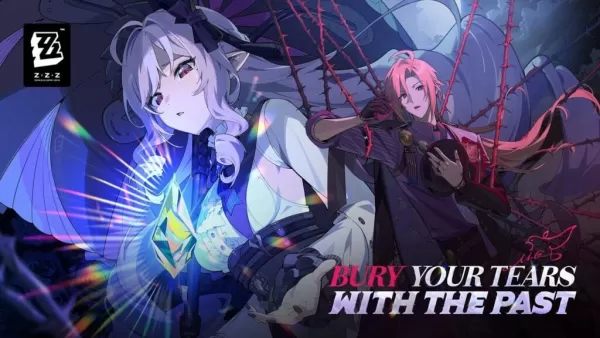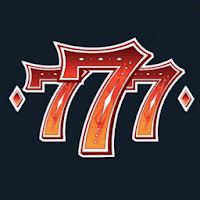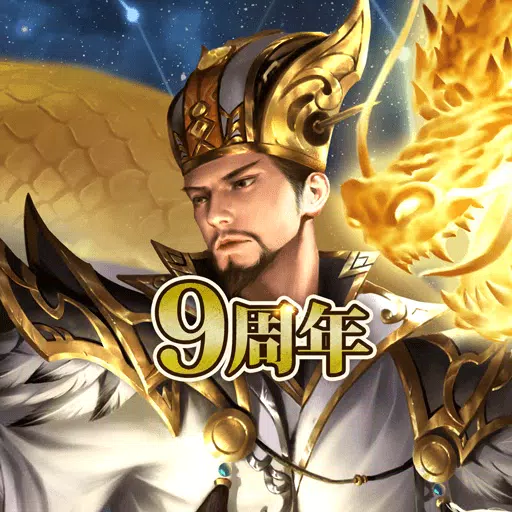The 1970s marked a period of significant transformation for Marvel Comics, introducing iconic narratives like "The Night Gwen Stacy Died" and the profound encounter of Doctor Strange with God. However, it was the dawn of the 1980s that truly heralded a golden era for Marvel, with legendary creators delivering some of the most memorable runs in comic history. This era saw Frank Miller's groundbreaking work on Daredevil, John Byrne's innovative take on the Fantastic Four, David Michelinie's influential Iron Man stories, and the peak of Chris Claremont's legendary X-Men saga. Not to be outdone, Roger Stern's Amazing Spider-Man and Walt Simonson's Thor were just around the corner, further cementing the 1980s as a pivotal decade for Marvel's enduring characters.
When examining the entire tapestry of the Marvel Universe, the 1980s stand out as a potential golden age for the company. In this installment, Part 7 of our series, we delve into the essential issues that defined this remarkable period.
More Essential Marvel
- 1961-1963 - The Birth of a Universe
- 1964-1965 - The Sentinels Are Born and Cap Dethaws
- 1966-1969 - How Galactus Changed Marvel Forever
- 1970-1973 - The Night Gwen Stacy Died
- 1974-1976 - The Punisher Begins His War on Crime
- 1977-1979 - Star Wars Saves Marvel From Bankruptcy
- The Dark Phoenix Saga and Other All-Time X-Men Stories
The Dark Phoenix Saga and Other All-Time X-Men Stories
Chris Claremont's transformative run on X-Men, which began in 1975, reached its zenith in the early 1980s with three seminal stories. The Dark Phoenix Saga, spanning X-Men #129-137, is arguably the most iconic X-Men narrative ever crafted. This epic tale, co-plotted and illustrated by John Byrne, chronicles Jean Grey's transformation into the Dark Phoenix, a cosmic entity corrupted by the Hellfire Club. The saga not only introduced pivotal characters like Kitty Pryde (Shadowcat), Emma Frost, and Dazzler but also delivered one of the most emotionally charged moments in X-Men lore with Jean Grey's ultimate sacrifice. Despite numerous adaptations, including films like X-Men: The Last Stand and Dark Phoenix, the animated series have arguably captured the essence of this story more faithfully.
Following closely, Days of Future Past in X-Men #141-142, another cornerstone of X-Men lore, showcases the time-traveling efforts of an adult Kitty Pryde to avert a dystopian future dominated by the mutant-hunting Sentinels. This compact yet powerful story has been revisited in various forms, including the 2014 film and the animated series Wolverine & the X-Men.
Completing the trilogy of essential X-Men stories from this era, X-Men #150 delves into the complex character of Magneto, revealing his Holocaust survivor backstory during a near-fatal confrontation with the X-Men. This revelation has since become a cornerstone of Magneto's character development, shifting him from a straightforward villain to a more nuanced figure.
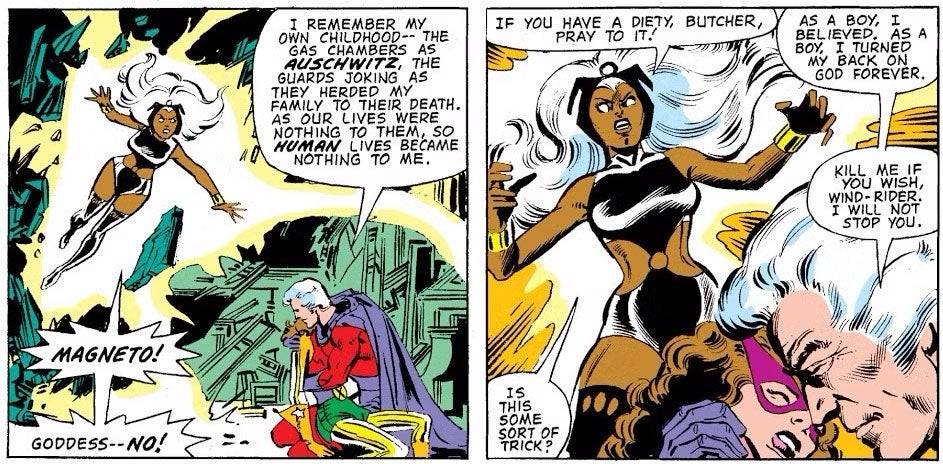
The First Appearances of Rogue, She-Hulk, and the New Mutants
The 1980s also introduced several key characters to the Marvel Universe, particularly notable female heroes. Rogue, who would become a fan-favorite X-Men member, initially debuted as a villain in Avengers Annual #10. As part of Mystique's Brotherhood of Evil Mutants, Rogue's power-draining ability was used to devastating effect on Carol Danvers (Ms. Marvel), setting the stage for significant character arcs for both. This issue also addressed controversial events involving Carol and the Avengers, marking a critical juncture in Marvel's storytelling.
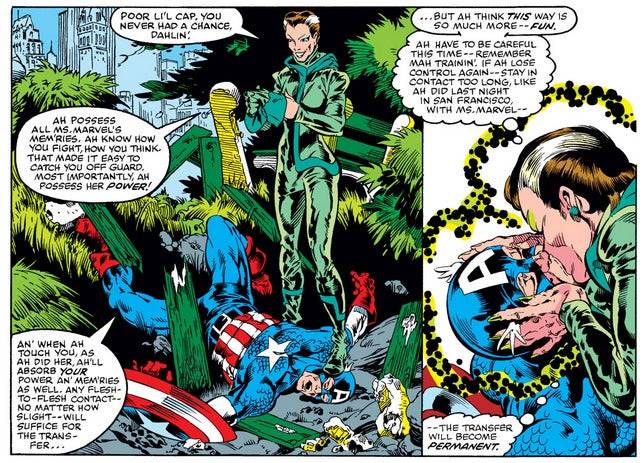
She-Hulk, another iconic heroine, made her debut in Savage She-Hulk #1. Created by Stan Lee, Jennifer Walters transformed into She-Hulk after a life-saving blood transfusion from her cousin, Bruce Banner. While her initial series may not have been a critical success, She-Hulk's character flourished upon joining the Avengers and Fantastic Four, eventually leading to her portrayal by Tatiana Maslany in the MCU.
The New Mutants, Marvel's first X-Men spin-off, debuted in Marvel Graphic Novel #4 before transitioning to their own series. This team of young mutants, including Cannonball, Sunspot, Karma, Wolfsbane, and Dani Moonstar (Mirage), along with the later addition of Illyana Rasputina (Magik), brought fresh dynamics to the X-Men universe. Their stories have since been adapted into the 2020 New Mutants film.
Iconic Storylines for Daredevil, Iron Man, and Captain America
Daredevil #168 marked a turning point for the character, introducing Elektra and setting the stage for Frank Miller's transformative run. Over the next two years, Miller crafted a gritty, noir-inspired saga that redefined Daredevil's world, introducing key elements like Kingpin as a nemesis, the blind sensei Stick, and the tragic death of Elektra at the hands of Bullseye. This run remains a cornerstone of Daredevil's lore, influencing adaptations like the 2003 film and the 2015 Netflix series, with the upcoming MCU show Daredevil: Born Again set to continue this legacy.
Iron Man's Doomquest in Iron Man #149-150, crafted by David Michelinie and Bob Layton, saw Tony Stark face Doctor Doom in a solo battle that transported them to the era of King Arthur. This story not only solidified Doom as a formidable adversary in Iron Man's rogues gallery but also set the stage for future collaborations between Doom and Morgan le Fay.
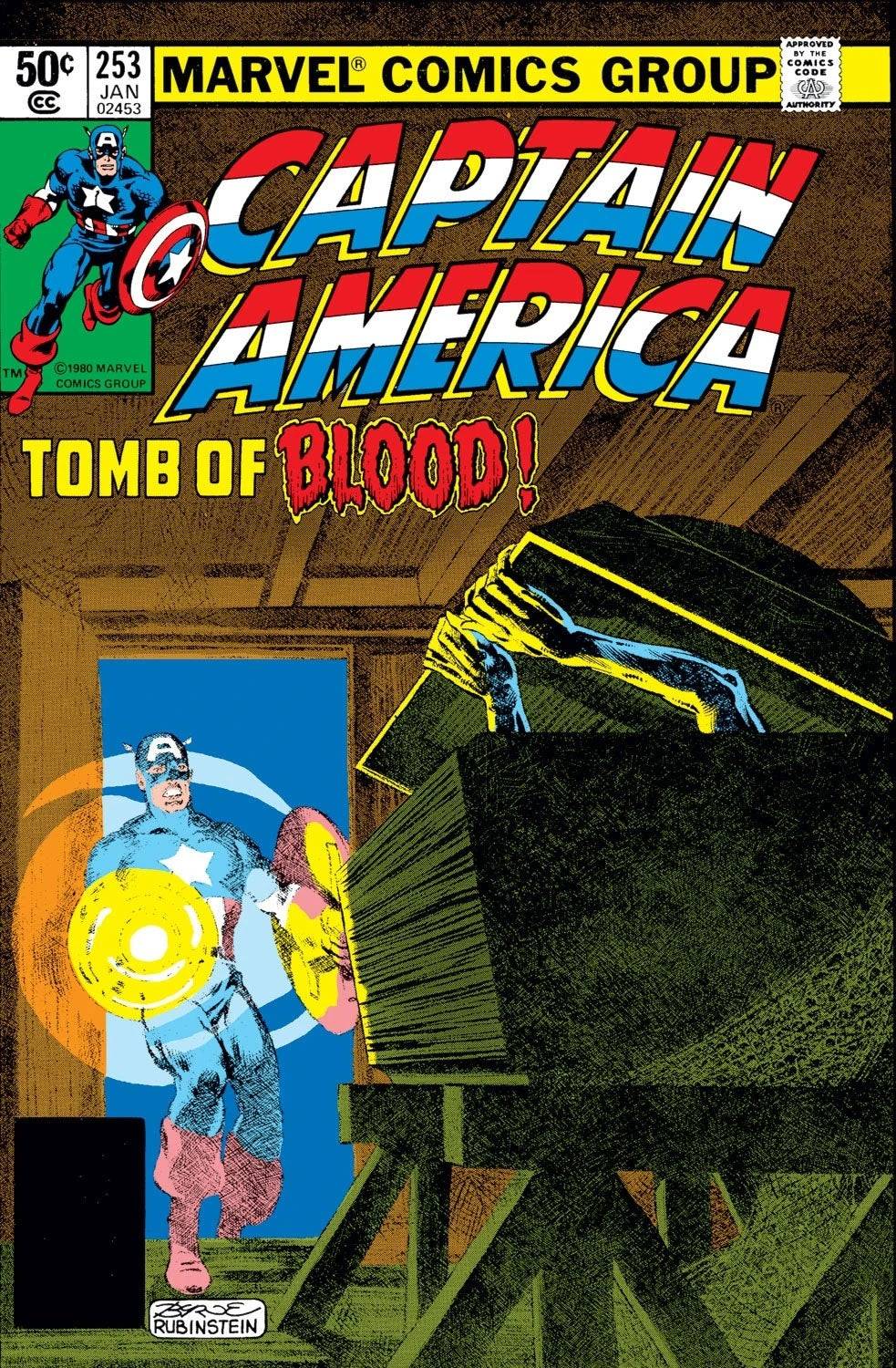
Captain America's confrontation with Baron Blood in Captain America #253-254, penned by Roger Stern and illustrated by John Byrne, offered a darker, more intense narrative. This story, rooted in Cap's WWII history with the Invaders, showcased the character's resilience and moral fortitude against a formidable foe.
Moon Knight Becomes a Hero and Marvel Helps Create the G.I. Joe Mythology
Moon Knight's transition from antagonist to hero was solidified in Moon Knight #1. Initially introduced in Werewolf by Night #32, the character's full backstory and alternate personalities were fleshed out in this series, setting the foundation for all future Moon Knight narratives.
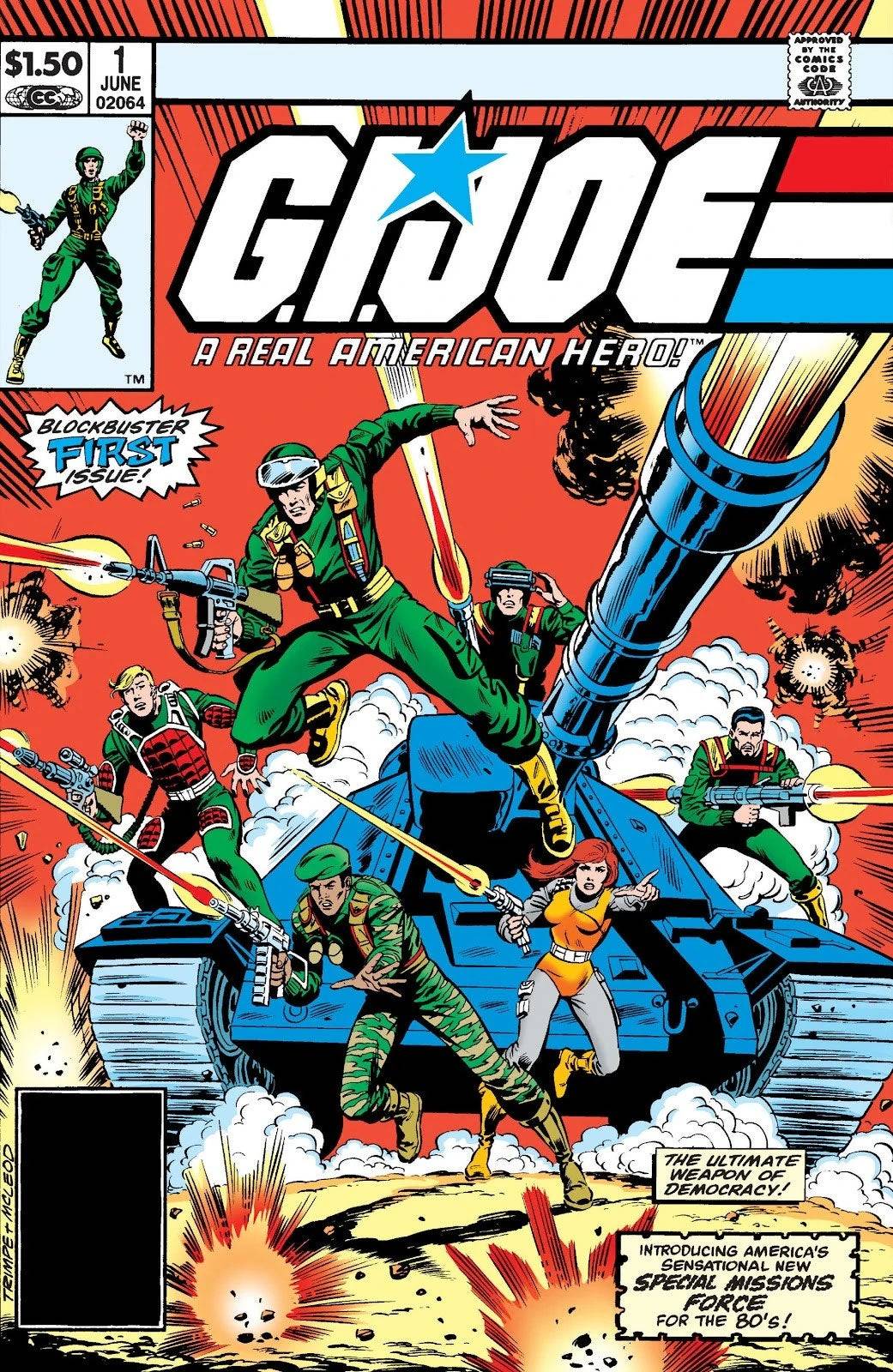
Lastly, Marvel's contribution to the G.I. Joe franchise cannot be overstated. The Real American Hero toy line was brought to life through a Marvel comic series starting in 1982, with editor Archie Goodwin and writer Larry Hama crafting the intricate world of Cobra and the Joes. Hama's storytelling not only made G.I. Joe one of Marvel's most popular titles but also resonated with a diverse readership, particularly women, due to the strong portrayal of female characters.

